Heritage São Brás de Alportel
With a history of a thousand tales, São Brás de Alportel is dedicated to its past heritage, present and future.
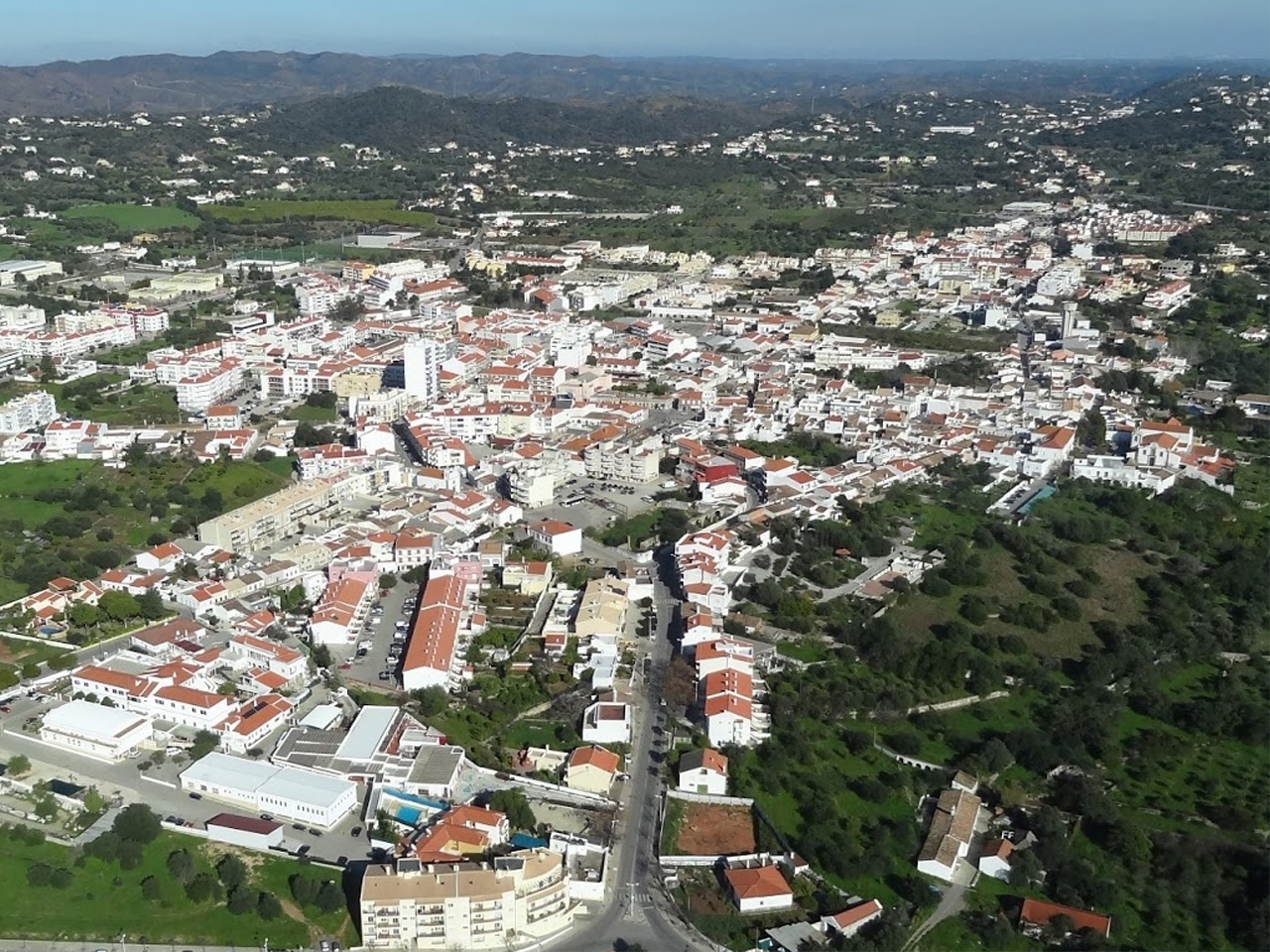
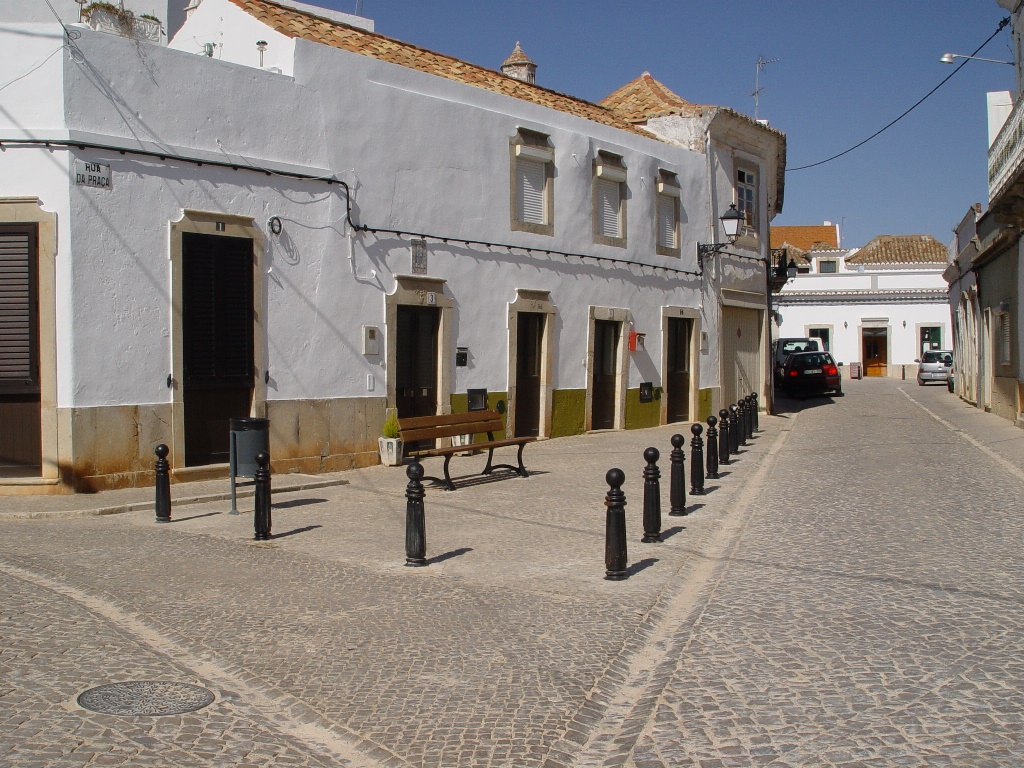
Historic center – a privileged point from which to explore São Brás de Alportel. The churchyard of the parish church offers a beautiful panoramic view from the Barrocal to the sea, and its surroundings, you can find some of the most valuable jewels of the municipal heritage. In the heart of the village, you can enjoy the most showy and important buildings, including the contrast of high and imposing buildings and modest single-storey houses, the narrow streets, wide, magnificent stonework, fireplaces and terraces, all these featuring the local architecture. Noteworthy is the building of the Town Hall, a color-of-brick house, which hosted the House of Orphans and was renowned cradle-are brasense Roberto Noble, the former Bishop’s Palace and the Municipal Library Dr. Estanco Louro are places to deserve your visit.
Largo Square – in the old town core, this Largo assumed great importance in the old village everyday. Stores the name of the old square which was located here, constituting the most important commercial center then. When walking, through streets and alleys, you can enjoy some remarkable buildings, as exemplified by the neo-Arabic style house with beautiful arch windows Horseshoe, from the late nineteenth century as well as several traditional houses with doorways and windows framed with masonry, performed by local artisans.
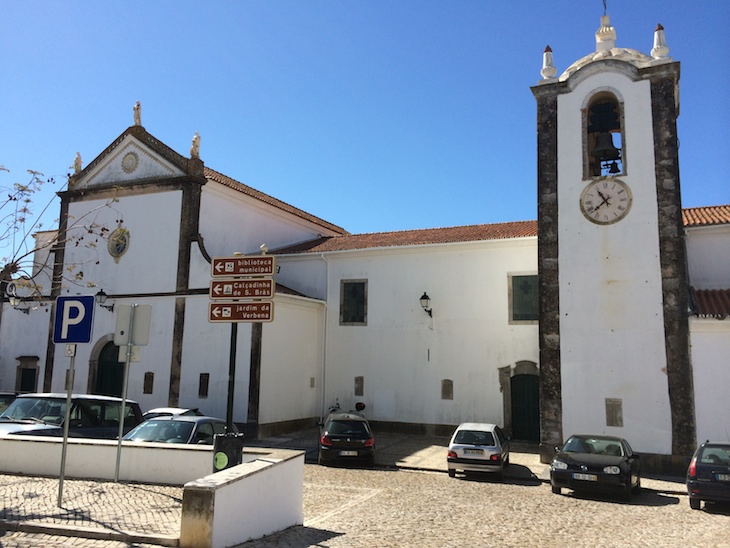
Mother Church of São Brás de Alportel – It dates back to the fifteenth century, but only in the beginning of the next century are the first documentary references. In 1554, it was rebuilt, starting to have three ships and five sections, with full arches resting on stone columns with Tuscan capitals. But with the 1755 earthquake, considerable damage was caused and a new campaign works took place in 1799, adding more one-leg and building up a new frontispiece. In 1875, he performed the last appendage of this temple was destroyed the chancel rising a wide transept, a new ousia, sacristy and several storage rooms. The lateral portal of access to the outside, situated on the side of the gospel is of limestone and stands out the design of the frame, to the baroque late taste with tear in shoulder pads and arched lintel, surmounted by a frieze interrupted, is the testimony of the executed campaign after the earthquake of 1755. Noteworthy is the axis marked by the entry portal, the big window with triangular shot and a significant pediment which fall within the late baroque, which punctuate, among other things, the funerary urns. The baptistery is an altarpiece in marble, following the neoclassical form. This is an example of great quality and infrequent in the Algarve region, as they are rare altarpieces marble. In the chancel are placed four seventeenth-century canvases, one of them is represented the Holy Trinity. Worthy of note are three sculptures representing the archangel St. Michael, St. Liborio and Santa Eulá1ia all seventeenth century. The temple is framed in a pleasant terraced garden.
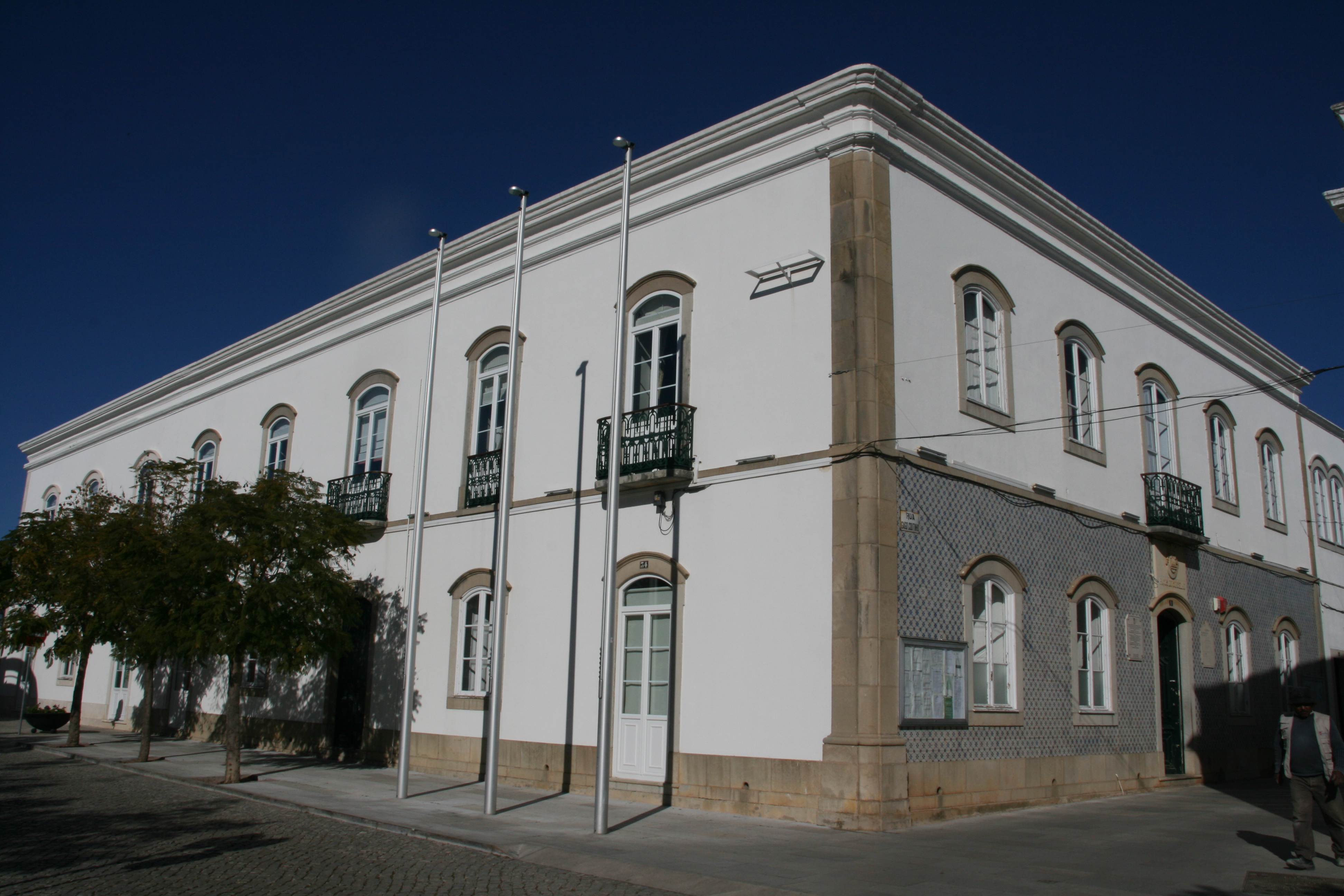
Hall of the Municipality -in the historic center of the village at the beginning of Rua Gago Coutinho, on the Largo of Mother Church, the town hall of the building is an important part of the historical heritage of São Brás de Alportel. Built by Prior José Pedro da Costa English in the late nineteenth century, it was converted into City Hall, shortly after the establishment of the Republic, after the lifting process of São Brás de Alportel the county, occurred June 1, 1914.
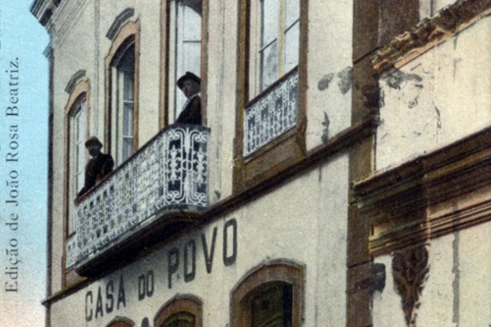
Cradle House of João Rosa Beatriz – here he was born João Rosa Beatriz, founder of São Brás de Alportel. The building, from the late nineteenth century was, in addition to dwelling house, a shop, of interest to the social dynamics of the time. Sober architecture has several doors and windows on the 1st floor are accompanied by balconies and wrought iron guards. The pediment is topped by a ceramic figurine. The love for their land led João Rosa Beatriz to publish, in the early twentieth century, a set of postcards that we are honored to republish, nine decades later, in memory of the founder and first director of the municipality of São Brás de Alportel.
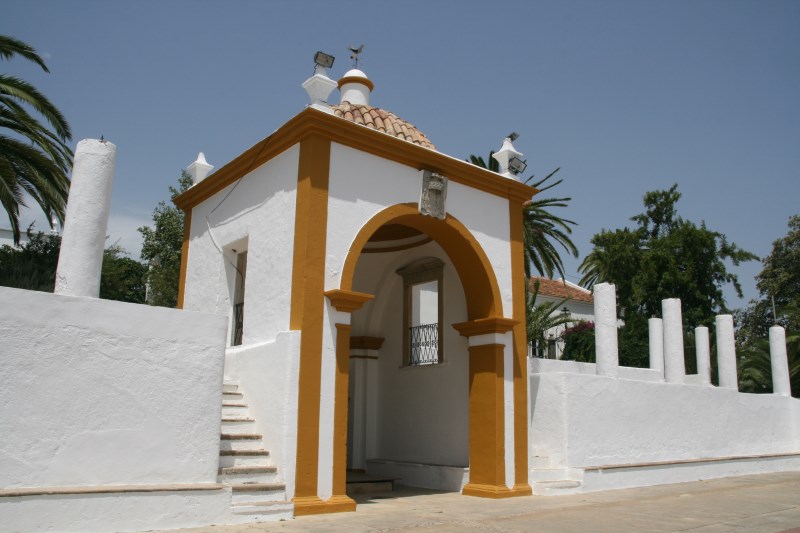
Former Bishop’s Palace and Garden Verbena – a building that dates back to the late sixteenth century, serving as a summer residence of the bishops of the Algarve. The original building, there are still a garden, known by locals as the “Verbena” and a monumental fountain eight nozzles, covered with a beautiful dome, bearing the arms of Bishop António Pereira da Silva (1704-1515) . After the elevation of Alportel parish the county in 1914, this building hosted the first primary school.
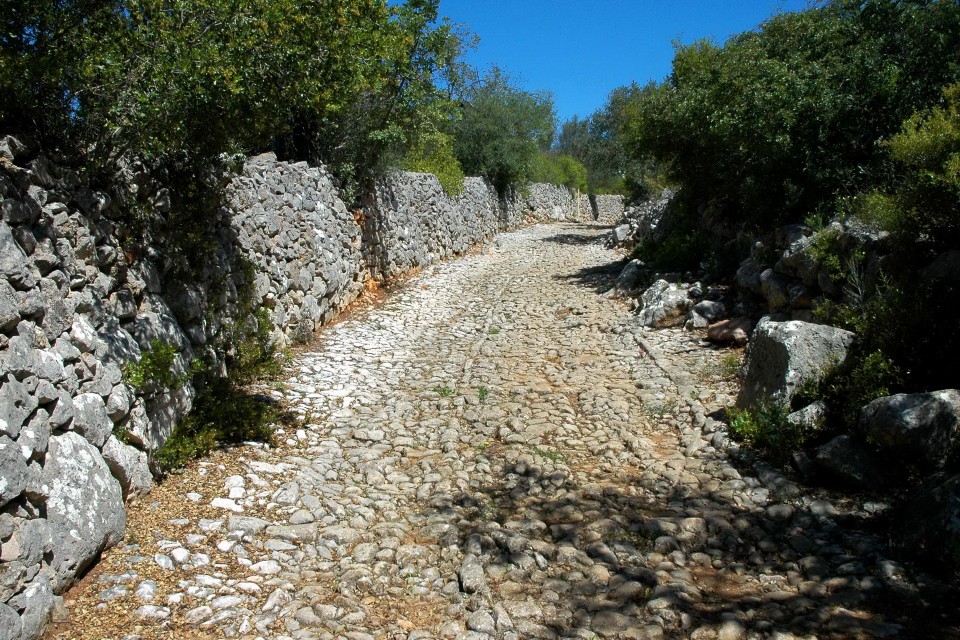
Calçadinha of São Brás de Alportel – Real ex-libris archaeological county, this invites for a walk on ancient stones, suggesting the observation of the technical characteristics that the “Calçadinha” evidence and the existence of old documents, it is thought that this path should be part originally Itinerary XXI of Antoninus, one of the most important Roman roads of southern former province of Lusitania. The “Calçadinha” would be an earthly way, being probably a secondary link between the main city of the Algarve and headquarters of civitas – Ossonoba – (Faro) – and the Conventual capital – Pax Iulia (Beja). Its route is developed for a total length of 1,480 meters, crossing a small valley south of the village entered, leaving currently kept two sections, designated A and B.
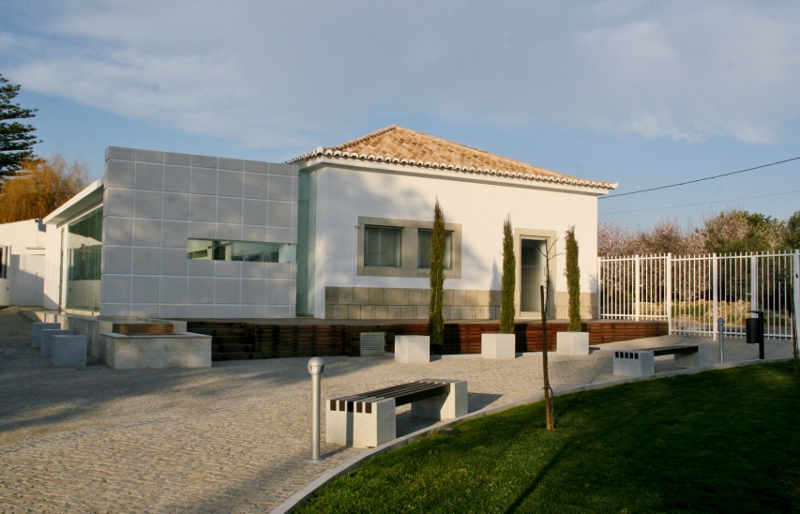
Explanatory center and Host of Calçadinha – the old Municipal Abattoir building was the subject of an improvement project and adaptation, and now houses the Explanatory Center and Host of Calçadinha of São Brás de Alportel, which aims to value this heritage. Being an Interpretation space of the archaeological heritage of the county, this is the starting point to the discovery of “Calçadinha” ancient route of Roman origin, which has seen two sections – A and B – a total of 1480 meters. It is open Tuesday to Saturday from 09h30 to 13h00 and 14h00 17.30.
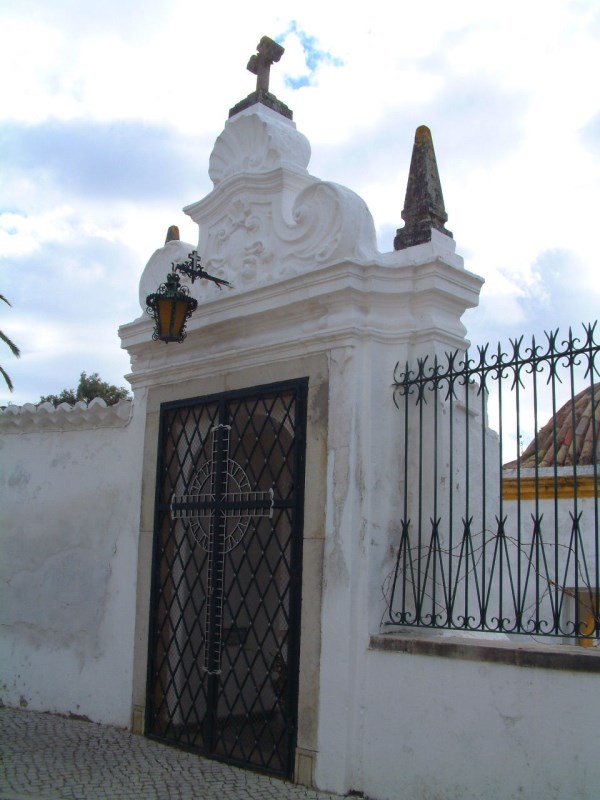
Step Passion – integrated being in the strong tradition of the Algarve region, this will have been built in the first half of the eighteenth century, it boasts an eighteenth-century pediment, whose mass works are characteristic of the Baroque. Step Passion belongs to the old route of the Lord of the Steps Procession, a religious manifestation that should ascend to the end of the sixteenth century, one of the most important events of the religious landscape, which has continued to the present day, performing in Lent , during which it was tradition spruce up the pitch, with many flowers. Brand of faith and spirituality, Step Passion is a visible and silently to proclaim the death of Jesus Christ and is the Way of the Cross of Jerusalem, a step symbolizing the passion of Christ.
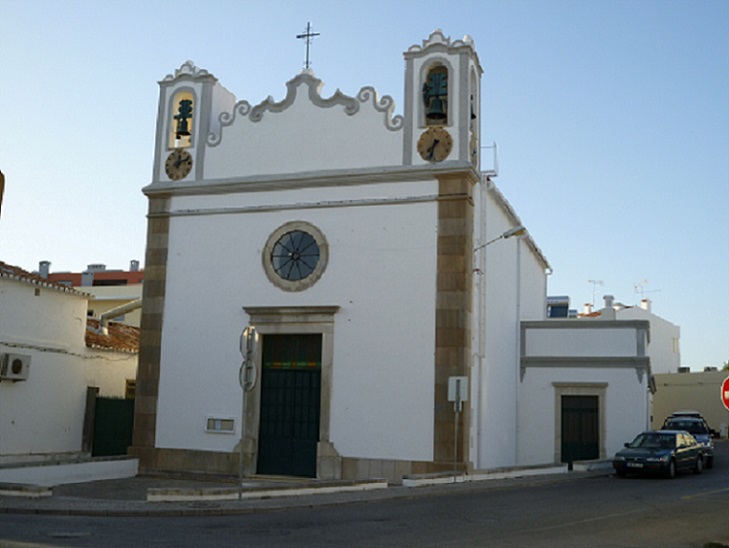
S. Sebastião Chapel – its original temple dedicated to St. Sebastian, was sent rise in 1673 by Bishop Francisco Barreto II and was located in the current Largo de São Sebastião, which at the time corresponded to the entrance to the village. Two centuries later, in 1893, for urban reorganization reasons the then village, the temple was demolished and rebuilt, a few meters to the west, where it currently is. Building of interest, has a single nave and rectangular chancel and its façade has an oculus and an indented pediment.
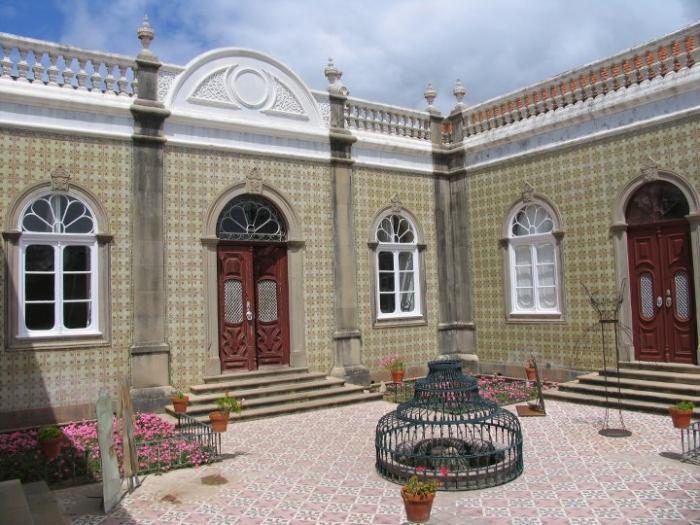
Museum of Costume – It is an obligatory passage point for the knowledge of history and ethnography of the Algarve region. Founded in 1986, it is housed in a palatial building of the nineteenth century, in which are contained the romantic late style decorations. Initially owned by the industrial cork Miguel Andrade, is testimony to the economic expansion São Brás de Alportel met at the time when it became one of the most important cork center of the country. The stately building that over the past 130 years was home of Days families, Andrade and Sancho, is surrounded by infrastructure that met the needs of a wealthy family of the late nineteenth century created the house, gazebo, stables, carriage house, workshops, farm houses and garden. Here and there the equipment necessary to life: well and daughter, windmill, water tanks, cisterns, wash tank, irrigation channels, among others. Although sharp urban influence, the building portrays the way of life of a rural and wealthy family of the Algarve interior. The winds of a late romanticism that blew the Algarve during the last decades of eight, left in São Brás de Alportel this testimony: inner courtyards, neo-Arab lines, corners, reixas, topped doors horseshoe-shaped. Today, times have changed and how museum space, this meets a new use and different features. A few years ago, a new contemporary trace of building, came to integrate into the mix of views and influences that already existed. The place, that gained a new breath to open the doors to everyone, being lived by the people of the land as a meeting point for people and ideas.
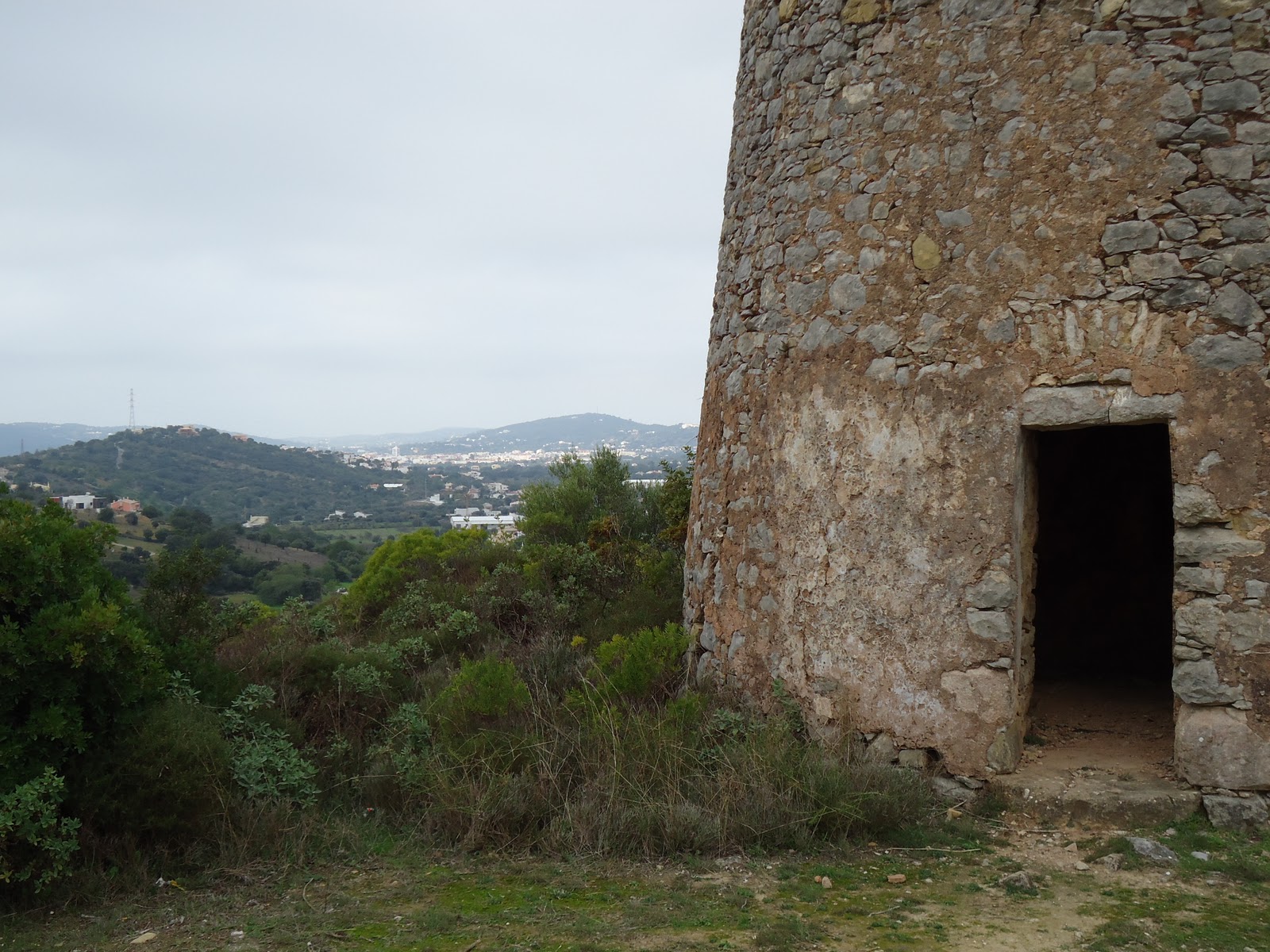
Bengado Mill – at the top of the mountains, the old windmills are a constant presence. Recently restored, the Bengado mill awaits your visit, to tell the old stories of the time when their candles gave the people the daily bread. This mill was built in 1850, Mediterranean, fixed type built in stone and with cylindrical shape and an area of 42.50 m2, is an example of halter mill, the oldest drive system by means of rope and use of milestones for the roof rotation, seeking the best quadrant.
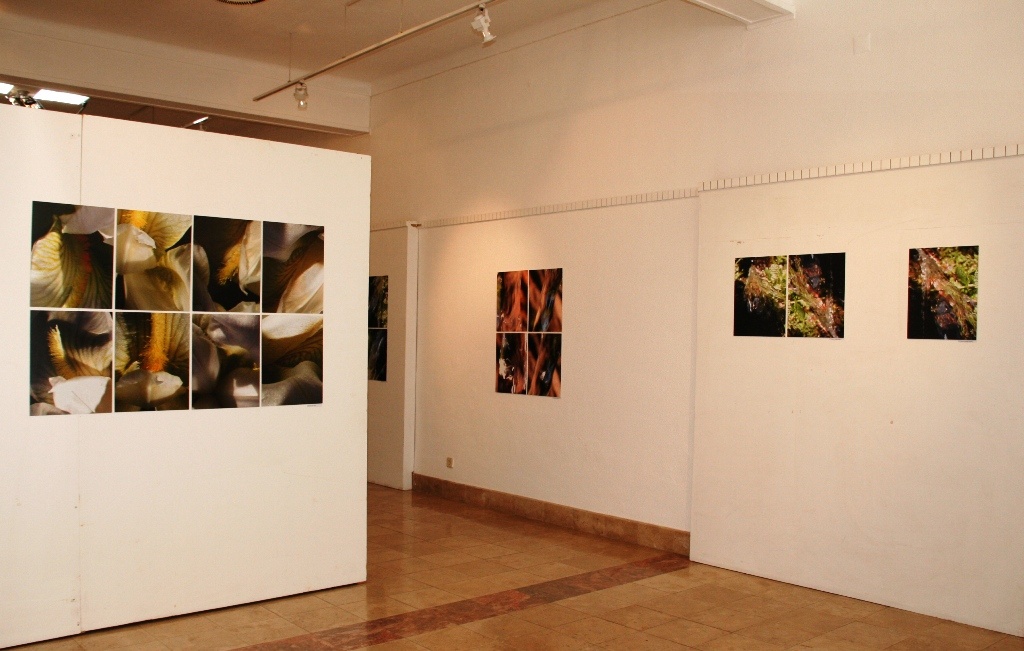
Museology Center Alportel – the creation of this center project integrated Alportel Valley Intervention Plan, co-financed by the Community Programme AGRIS, aimed at the recovery of an area of 53,5km2, including the sites of Alportel, Juncais, Cova da Muda, Tareja Beak Alto, Arimbo, Almargens, Alcaria, Treasurer, Farrobo, Cerro Alportel, Malhão, Sao Romao and Soalheira, characterized by a rich rural heritage and great natural and landscape potentials for tourism development. This center is in the Vale do Alportel, in the beautiful village with the same name, and is intended as a contribution to the promotion of cultural activity of the city and to the valuation of assets, constituting a new pole of tourist interest within a quality tourism development strategy, which is based on the appreciation of Heritage and Nature. Cultivate the memory of the people of Alportel and Serra, preserving the past of Earth Cork and tradition, and to inform the Natural Values Alportel Valley, between the Barrocal and the mountains are some goals of Museology Center Alportel. An area of São Brás de Alportel, spurred, in partnership with the Recreational Society Alportelense and the collaboration of the Costume Museum. The Church, meeting the people; the cork, which shapes the past of this land; the road, always open the door for the Terras de Alportel, are some of the thematic elements of Museology Center.



